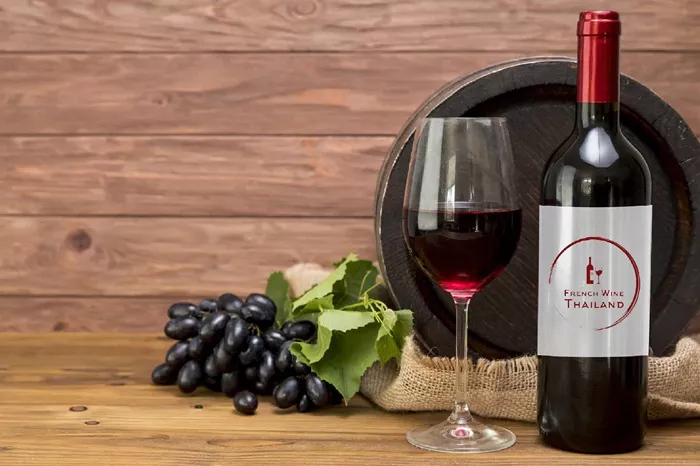Yinchuan, Ningxia — At the ongoing Fifth China (Ningxia) International Wine Culture and Tourism Expo, the rich aroma of mutton simmered in a red wine-infused broth is drawing visitors’ attention in an exhibition hall in Yinchuan, the capital of northwest China’s Ningxia Hui Autonomous Region. This distinctive hot pot, blending tender mutton with Ningxia’s famed spring water and local red wine, exemplifies the region’s innovative use of its agricultural products.
Tian Feng, manager of the hot pot restaurant operating the booth, explained that the use of spring water, red wine, and nourishing ingredients eliminates any unpleasant gamey odors, enhancing the dish’s flavor. The red wine hot pot’s popularity frequently leads to full bookings on weekends, underscoring its appeal.
Ningxia, widely regarded as China’s premier wine-producing region, is experiencing a transformation in wine consumption habits. Wine is moving beyond formal banquets and tastings to become more accessible and integrated into everyday occasions. This evolving consumer landscape is prominently showcased at the Ningxia expo, which actively promotes a burgeoning “tipsy economy.”
The region’s unique terroir—characterized by abundant sunshine and a cool, dry climate—has nurtured the growth of high-quality grapes for over 40 years. With more than 600,000 mu (about 40,000 hectares) of vineyards as of the end of 2024, Ningxia produces approximately 140 million bottles of wine annually, exporting to over 40 countries and regions. The eastern foot of Helan Mountain is particularly renowned as a “golden zone” for grape cultivation and premium wine production.
Among the highlights at the expo are colorful canned wines from the Ningxia State Farm Winery, favored for their convenience and suitability for casual settings like camping and picnics. Li Shuang, the winery’s sales manager, noted that canned wines have gained popularity since their launch last year. The company’s portfolio also includes innovative varieties such as creamy jasmine wine, lemon oolong tea wine, black coffee wine, and alcohol-free options, which contributed to 20 percent of sales growth in 2024.
The expo has drawn visitors such as Lu Ting, a local tourism professional and sommelier, who appreciates pairing wines with food. “Chardonnay with meat skewers, reds with hot pot—it’s about sharing joy,” Lu said after sampling a dozen wines.
The four-day event, running until Thursday, features a global wine tasting, winery exhibitions, an innovation competition, and an art biennial, further emphasizing Ningxia’s cultural and economic integration of wine.
In a related development last month, Yinchuan hosted a marathon where 43 local wineries engaged 28,000 runners with vineyard tours, tastings, and exclusive wine discounts. This event-based approach has strengthened the synergy between tourism and viticulture, significantly boosting hotel bookings in the city.
Li Bingjie, director of Yinchuan’s Wine Industry Development Service Center, described the city’s vision to become “a living wine museum,” where visitors can experience the entire wine-making journey from grape to glass.
At the expo’s opening ceremony, Yvette van der Merwe, president of the International Organisation of Vine and Wine, praised Ningxia’s contributions to China’s wine industry. She emphasized the region’s growing influence on the global wine community, expressing confidence in Ningxia Helan Mountain’s east foothill region to inspire new opportunities worldwide.
You Might Be Interested In:


